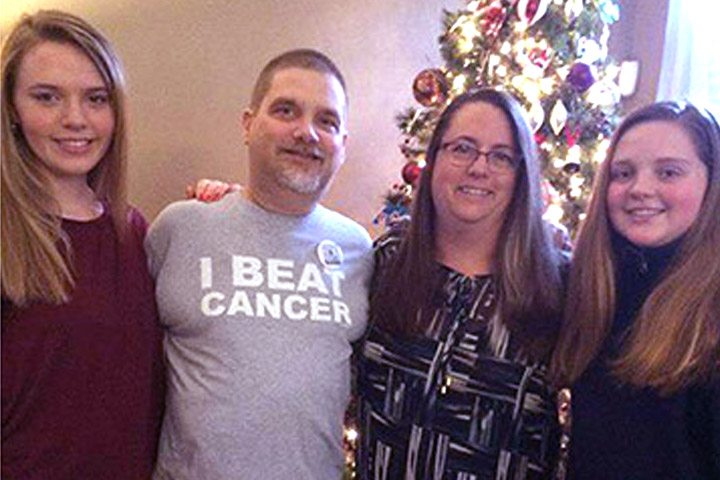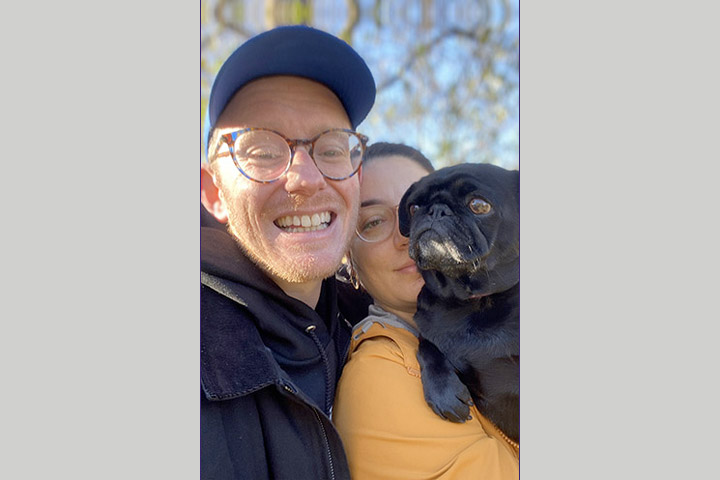Alternating Protocols to Attack Pancreatic Cancer

- Unusual two-armed treatment protocol
- First arm: gemcitabine and Abraxane
- Second arm: leucovorin, irinotecan, 5-FU
My name is Mark Fishman. I am 71 years old and am a family practice physician.
I developed jaundice, and was found to have a blockage in the common bile duct. After further testing I was diagnosed with stage IV pancreatic cancer on March 21, 2016. I had multiple metastases throughout my liver, in the 6-10 mm range. A physician friend recommended Dr. Vincent Picozzi, an oncologist who treats only this type of cancer at Virginia Mason Medical Center in Seattle.
An Unusual Treatment Plan
After discussing options, we chose what he called the Seena Protocol. This plan alternates two different types of treatments every eight weeks. The first arm consists of intravenous gemcitabine and Abraxane once a week for three weeks, followed by a week of rest. This cycle is repeated again for another four weeks. On treatment days I also receive doses of the anti-anxiety drugs lorazepam and prochlorperazine.
After eight weeks of the gemcitabine/Abraxane treatment, I switch to the second treatment arm. This consists of dexamethasone to prevent inflammation, followed by a leucovorin and irinotecan infusion. After that I wear a take-home pump with 5-FU for two days. I take the anti-nausea drug ondansetron and more dexamethasone twice a day for the two days I wear the pump. This combination is given every two weeks for four times.
Side Effects and Effectiveness
I have been following this treatment protocol for almost a year. A chest and abdominal CT scan is done every few weeks to see if the lesions on my liver are changing.
Both treatment arms cause short-term side effects. With arm 1, I get notable fatigue on first treatment day, which I suspect is due to the lorazepam and prochlorperazine. Overall I am generally tired by the end of each day. With arm 2, I get some heartburn and constipation that last a week. However, I am able to work four days a week throughout all my treatments.
I have had minimal long-term side effects, the most significant being mild peripheral neuropathy in my feet. Prior to my diagnosis I worked out five days a week. That’s out now but I still exercise three to four times a week.
Initially, my CA19-9 cancer marker was over 139,000. My most recent test was 172. On my most recent scan, there were only four liver metastases, all too small for the radiologist to measure.
I have been following a complex vitamin and supplement regimen for the last two years, and I feel this has helped me get through the chemotherapy with fewer side effects. I continue to work. I left practice in October 2016 and went to work as a physician in a medically supervised weight loss program in Bellevue, Washington.
More than four years after his stage IV pancreatic cancer diagnosis, Mark passed away. He was willing to try less common treatment protocols to live longer, and possibly pave the way for others. Our deepest sympathy to his family.
Dr. Stephen Bigelsen is another pancreatic cancer patient on a personalized treatment plan. Read his story to learn more about his treatments.





